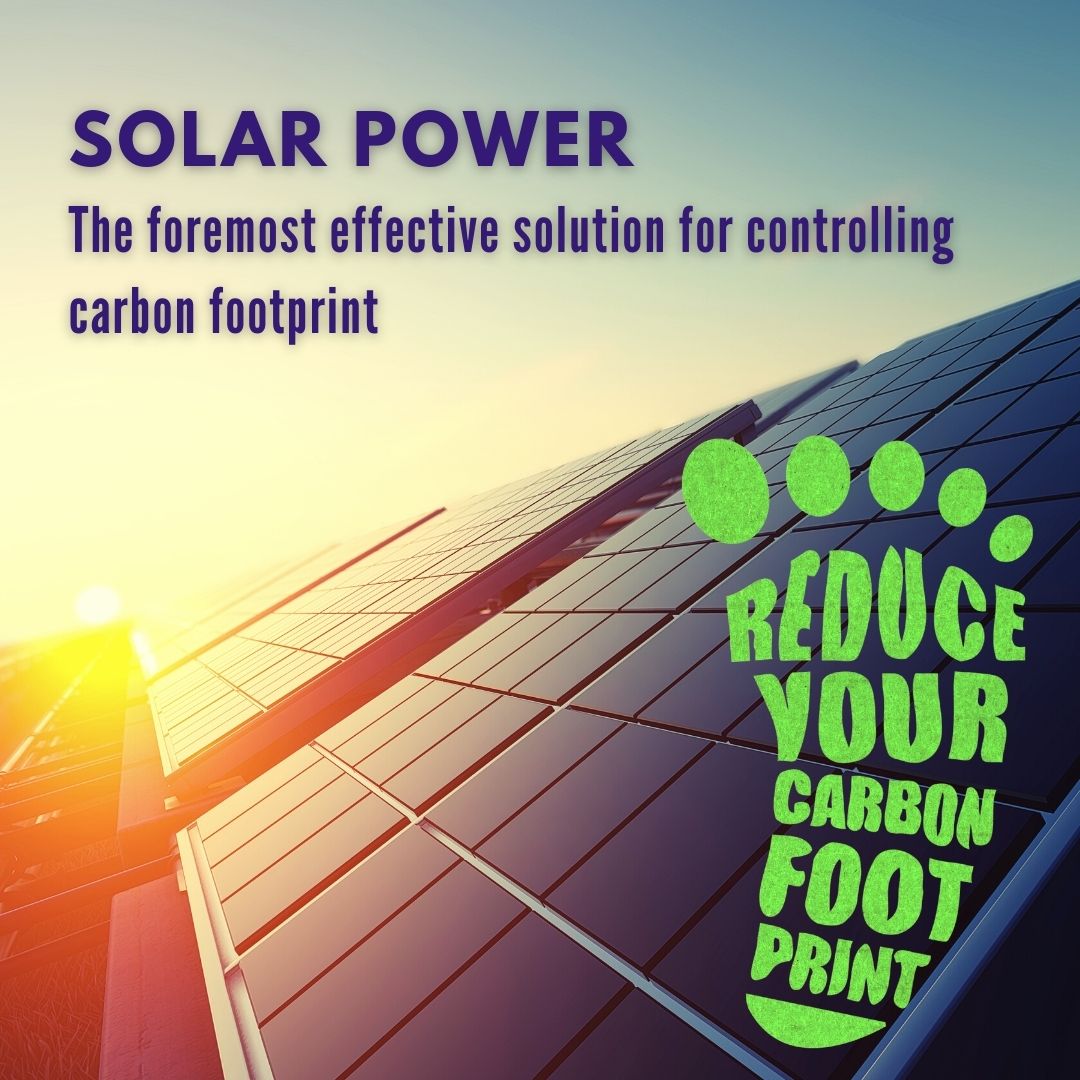Solar projects are one of the common initiatives that companies invest in to produce RECs and these credits are another form of carbon credits.
In particular, solar projects generate solar renewable energy credits (SRECs). They share the same concept as RECs but are solely from solar energy projects. So, if you decide to self-generate RECs through solar projects, you can specifically earn SRECs and trade them for RECs.
Solar projects can generate carbon credits through a mechanism known as the Clean Development Mechanism (CDM) or other similar carbon offset programs. The CDM is one of the project-based mechanisms established under the Kyoto Protocol, an international treaty aimed at mitigating climate change. While the Kyoto Protocol itself has been largely succeeded by the Paris Agreement, many of its mechanisms and principles continue to influence carbon markets and offset programs.

Here’s a general overview of how solar projects generate carbon credits:
- Project Development: The first step is for a solar project to be developed and implemented. This could involve installing solar panels, setting up solar farms, or implementing solar energy systems.
- Baseline Emission Calculation: To determine the emissions reductions achieved by the solar project, a baseline scenario is established. This scenario represents what would have happened in terms of greenhouse gas emissions in the absence of the project. The project’s emissions reductions are then calculated by comparing actual emissions with what would have occurred without the project.
- Additionality: For a project to qualify for carbon credits, it must demonstrate additionality. This means showing that the project’s emissions reductions are beyond what would have happened in a business-as-usual scenario. In other words, the project must prove that it is achieving environmental benefits that would not have occurred otherwise.
- Project Documentation: Detailed documentation is prepared to support the project’s eligibility for carbon credits. This documentation includes information on the project design, methodologies used for baseline and emissions calculations, and evidence of additionality.
- Validation: An independent third party, known as a Designated Operational Entity (DOE), validates the project’s eligibility and compliance with the requirements of the carbon offset program. This involves a thorough review of the project documentation and on-site inspections.
- Registration: Once validated, the project is registered with the relevant carbon offset program. This registration establishes the project’s eligibility to generate carbon credits.
- Monitoring and Verification: Periodic monitoring is conducted to assess the ongoing emissions reductions generated by the project. This information is then verified by the independent DOE to ensure continued compliance with program requirements.
- Issuance of Carbon Credits: Based on the verified emissions reductions, carbon credits, often referred to as Certified Emission Reductions (CERs), are issued to the project. Each credit represents one tonne of CO2 equivalent emissions reduced or avoided.
- Sale of Carbon Credits: The solar project can sell its carbon credits to entities, governments, or industries looking to offset their own emissions. The buyers can use these credits to meet their emission reduction targets or compliance obligations.
By participating in such carbon offset programs, solar projects contribute to global efforts to combat climate change while also providing a financial incentive for renewable energy development. It’s important to note that the specific details of carbon credit generation may vary depending on the program and regulatory framework in place.
For knowing the Process for the generation of carbon credit please let us know. Our Executive team will share details with you.

